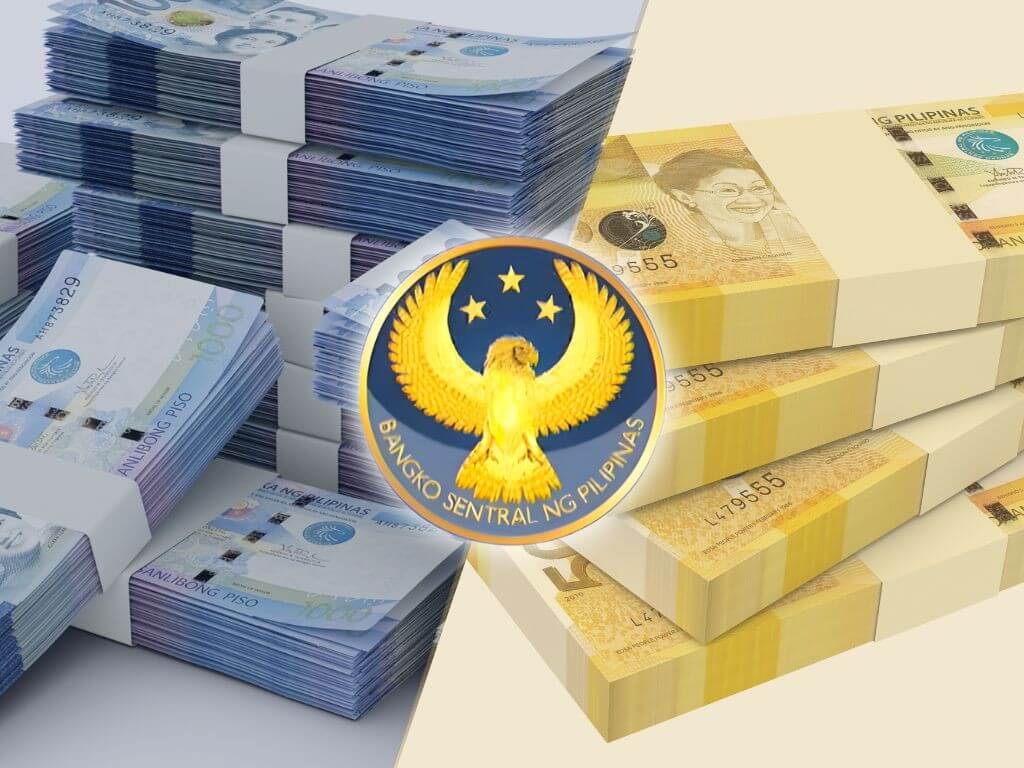

Insider Spotlight
In a discussion paper titled “Demonetization is No Shortcut to Clean Governance,” BSP officials Maria Margarita Debuque-Gonzales, Mamerto Tangonan, and Eloisa Glindro argued that the proposal “is a blunt, high-cost instrument against corruption,” noting that transparency reforms offer “a sharper path.”
The global record: disruption, not deterrence
The BSP cited India’s 2016 demonetization as a cautionary tale. The move abruptly invalidated 86 percent of India’s cash, aiming to curb graft and fake currency. Instead, it caused widespread economic disruption—closing small businesses, cutting jobs, and shaving about two percentage points off gross domestic product growth.
By 2018, India’s central bank confirmed that 99 percent of the canceled notes had returned to the system, proving the measure failed to flush out illicit wealth.
The Philippine reality: high cost, limited gain
In the Philippines, cash remains the dominant medium for daily transactions. The P1,000 note alone accounts for 83 percent of the total value and 40 percent of the volume of circulating banknotes.
Replacing the P1,000 and P500 notes—roughly 2.5 billion pieces worth P2.2 trillion—would cost about P11.5 billion in printing alone, excluding replacement and logistics. “The logistical cost would far outweigh any potential benefit,” the BSP said.
Counterfeiting is also rare—only 5.8 fake notes per million in circulation—far lower than in Europe. Moreover, the BSP found no link between a country’s highest denomination and its corruption level.
What will work instead
The BSP economists said fighting graft requires precision tools, not dramatic gestures. Reforms to the Bank Secrecy Law, digitalization of government payments, and tighter anti-money-laundering enforcement would be “far more effective” than withdrawing banknotes.
“The impulse to demonetize high-value notes reflects legitimate frustration with corruption. But as experience shows, symbolism is not strategy,” the BSP paper said. “Trust-building, transparency, and reform—not currency shock therapy—are the true path forward.” ---Daxim L. Lucas | Ed: Corrie S. Narisma